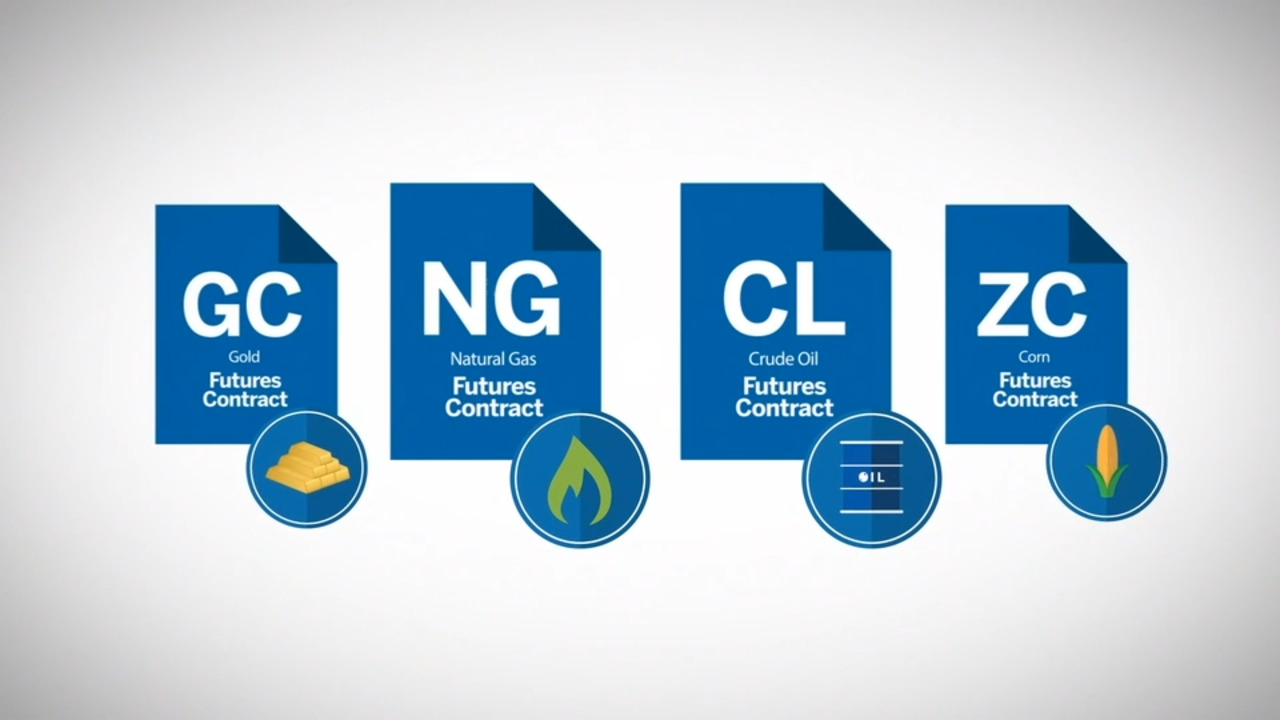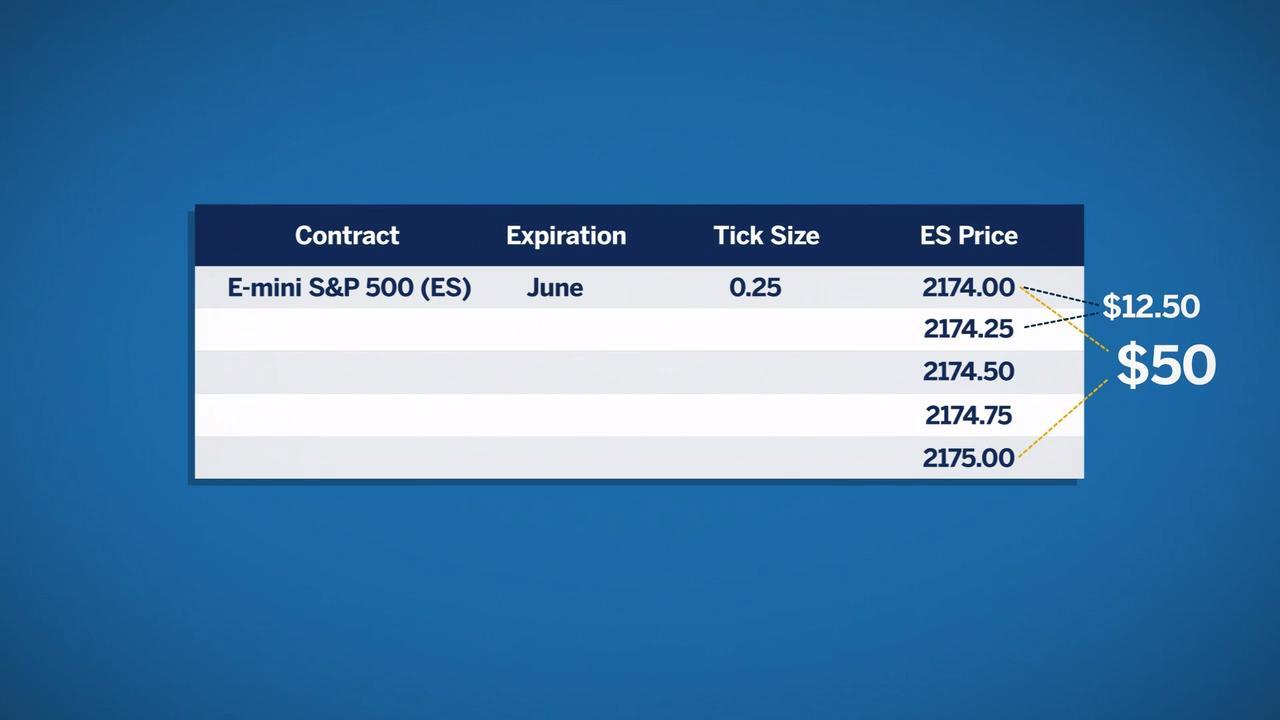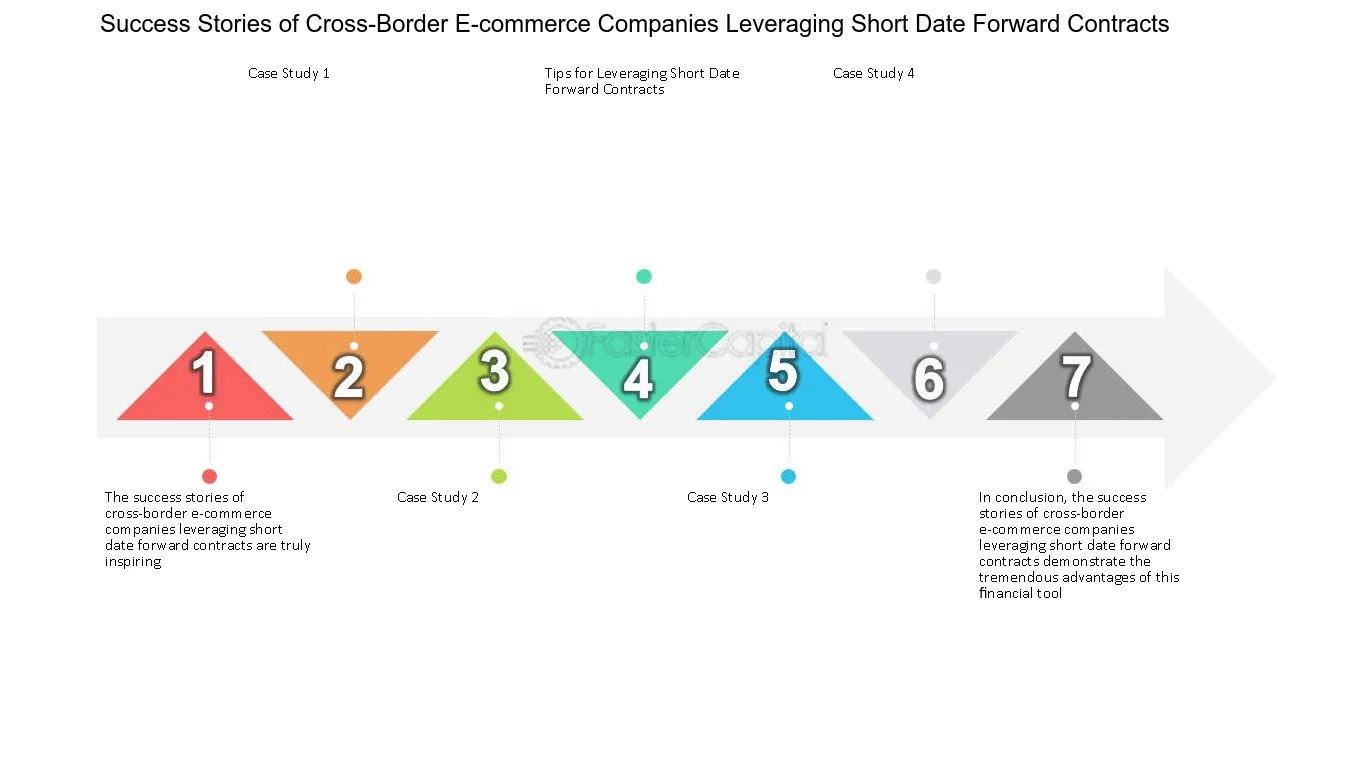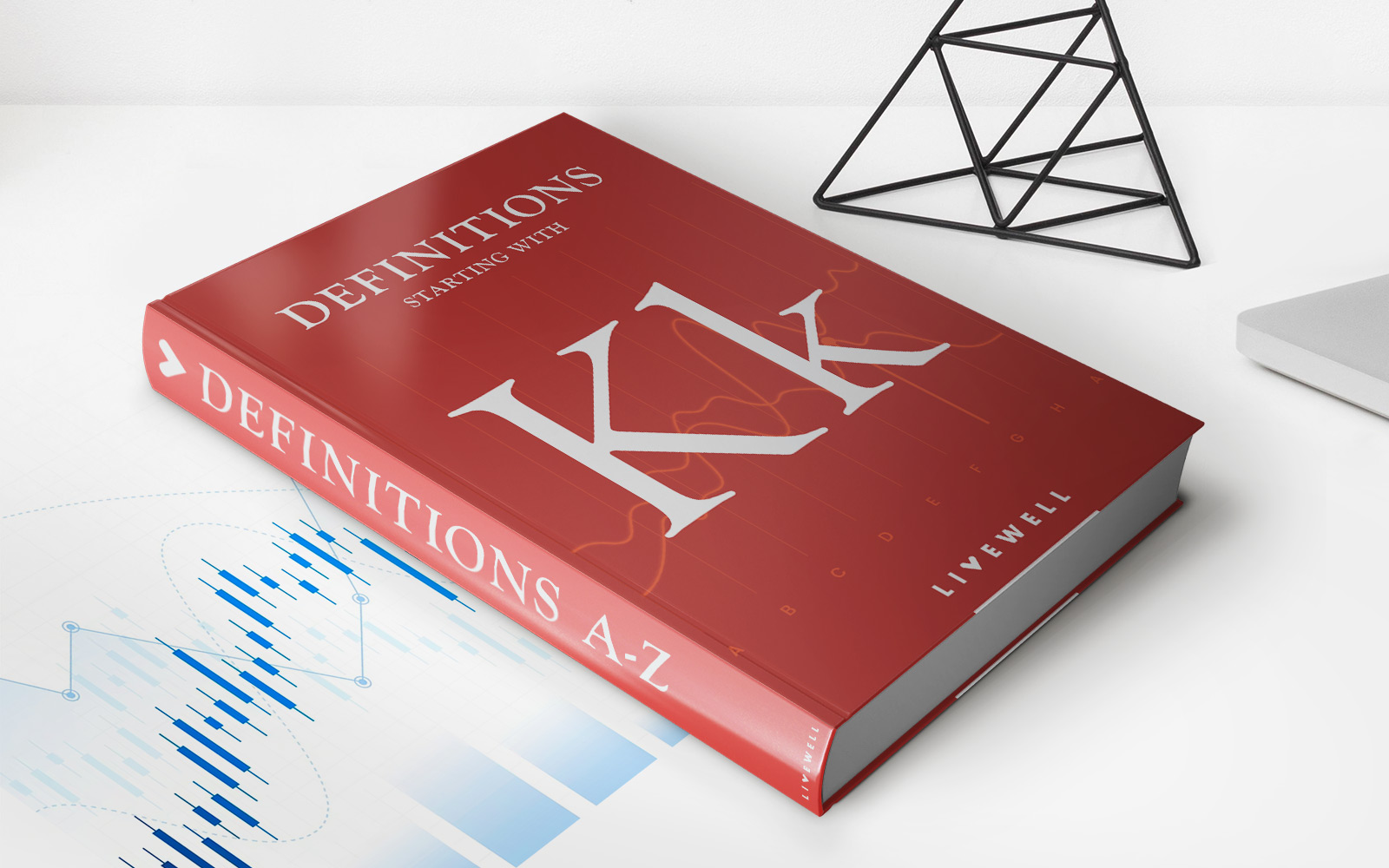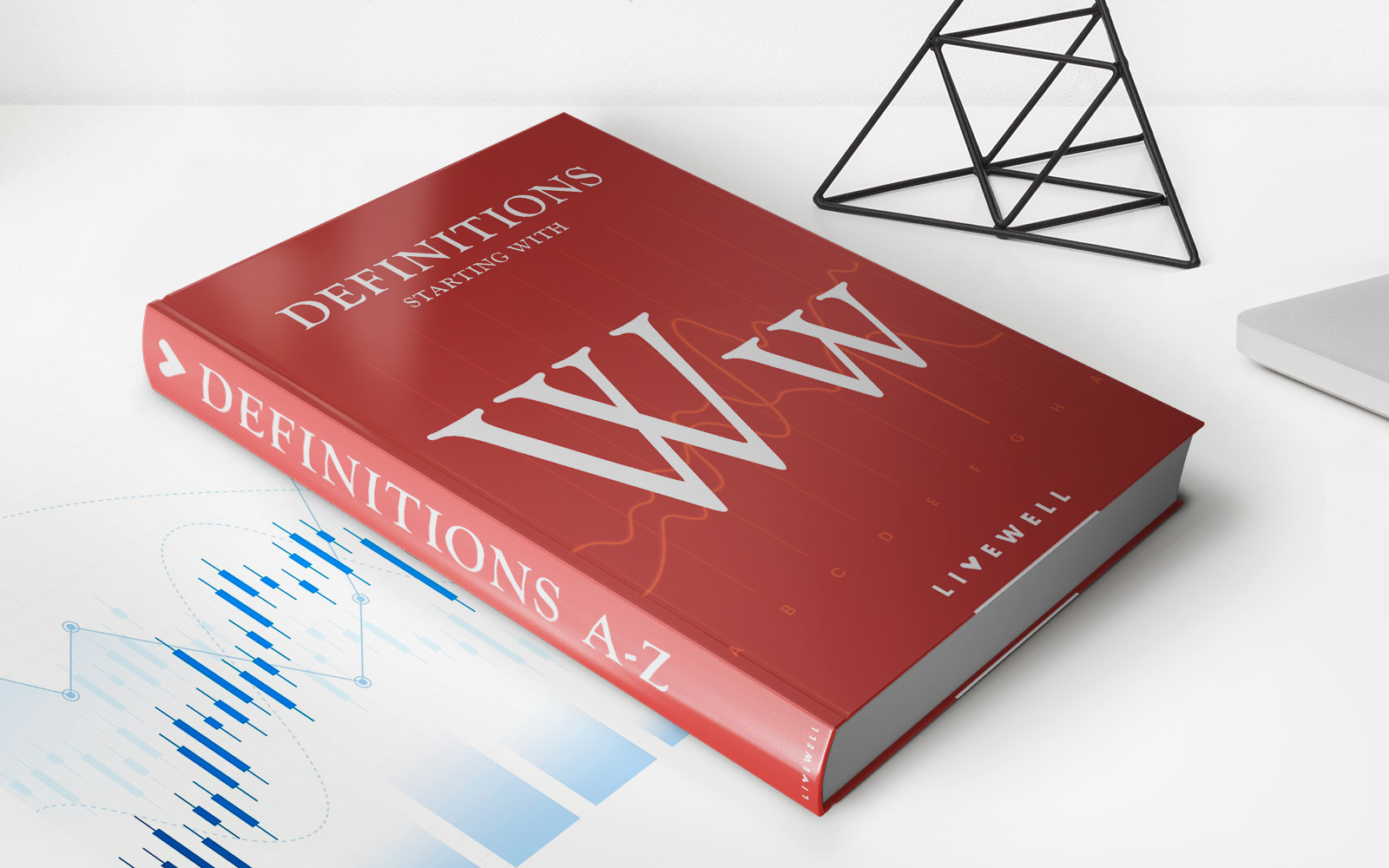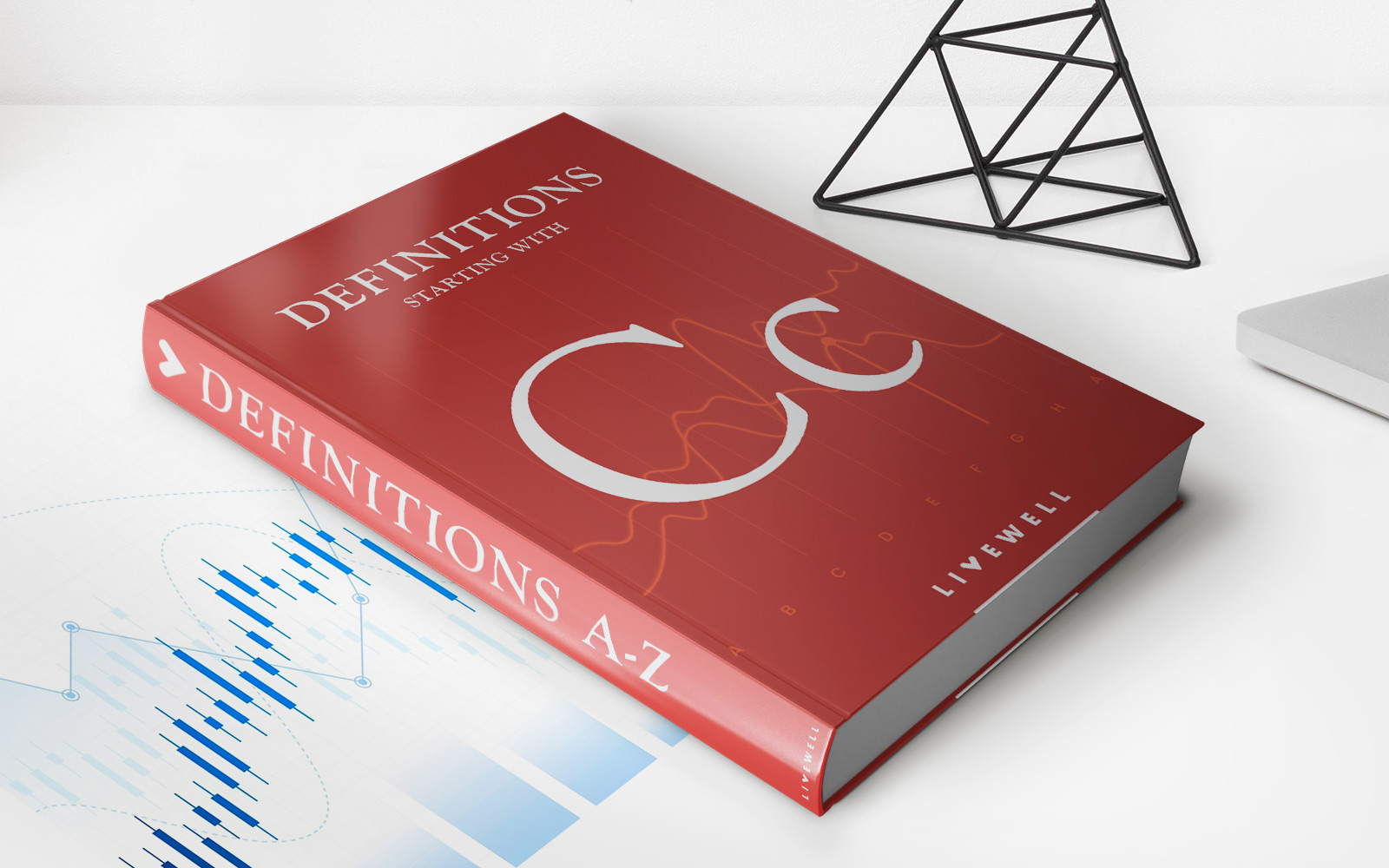Home>Finance>Which Futures Contracts Have The Lowest Volitility
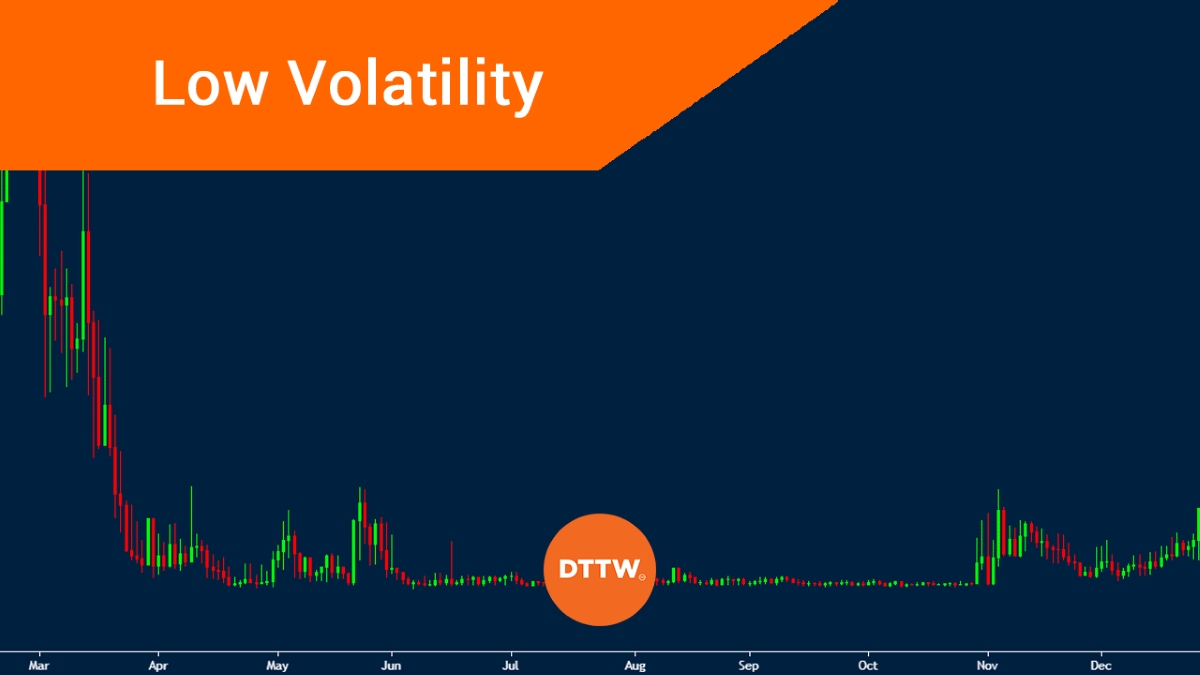

Finance
Which Futures Contracts Have The Lowest Volitility
Published: December 23, 2023
Discover which finance futures contracts have the lowest volatility. Explore the stability and potential risk of various financial assets and make informed investment decisions.
(Many of the links in this article redirect to a specific reviewed product. Your purchase of these products through affiliate links helps to generate commission for LiveWell, at no extra cost. Learn more)
Table of Contents
Introduction
When it comes to investing in futures contracts, understanding volatility is crucial. Volatility refers to the degree of price fluctuation in an asset or market. High volatility can offer substantial profit opportunities but also comes with increased risk, while low volatility signifies greater stability but may limit potential returns. As an investor, it’s important to strike a balance between risk and reward by choosing futures contracts with the appropriate level of volatility.
In this article, we will explore which futures contracts have the lowest volatility. By analyzing historical data and market trends, we can identify the contracts that offer a more stable investment opportunity. Whether you are a seasoned trader looking to diversify your portfolio or a beginner seeking safer options, understanding the volatility of different futures contracts is crucial for informed decision-making.
Before diving into the specific contracts, let’s first discuss volatility and its significance in the world of finance.
Understanding Volatility
Volatility is a measure of the up and down movements in the price of a financial instrument over a specific period of time. It is commonly calculated using statistical models such as standard deviation or variance. Higher volatility indicates larger price swings and uncertainty, while lower volatility implies a more stable price range.
Volatility plays a vital role in various investment strategies. Some traders actively seek highly volatile markets and use derivative products like futures contracts to profit from price fluctuations. On the other hand, investors looking for stability may prefer contracts with lower volatility, which offer a more predictable investment scenario.
Factors influencing the volatility of futures contracts include economic indicators, geopolitical events, market sentiment, supply and demand dynamics, and changes in relevant regulations or policies. By considering these factors and analyzing historical data, traders and investors can assess the potential risk and return profiles of different futures contracts.
Now that we have a basic understanding of volatility, let’s delve into the methodology we used to determine which futures contracts have the lowest volatility.
Understanding Volatility
Volatility is a key concept in the world of finance, especially when it comes to trading futures contracts. It represents the degree of fluctuation in the price of an asset or market over a specific period of time. Understanding volatility is essential for investors and traders as it can greatly impact their investment decisions and strategies.
Volatility is often measured using statistical models, such as standard deviation and variance. These models analyze the historical price data of a financial instrument and calculate the dispersion of returns around the mean. The higher the volatility, the wider the range of price movements, indicating a greater level of risk and uncertainty.
One way to visualize volatility is by looking at a price chart. High volatility is characterized by large price swings, with prices moving rapidly up and down. On the other hand, low volatility is marked by a relatively stable price range, with fewer and smaller price fluctuations.
There are several factors that contribute to the volatility of futures contracts. One of the primary drivers is market sentiment. Investor emotions, such as fear and greed, can lead to increased volatility as they influence trading decisions. For example, during times of economic uncertainty or unexpected events, fear can drive investors to sell off their positions, causing a spike in volatility.
Economic indicators also play a significant role in determining volatility. Key economic data releases, such as GDP growth, inflation rates, and employment reports, can have a profound impact on market sentiment and, consequently, on volatility. For instance, a better-than-expected jobs report can boost confidence among investors and lead to lower volatility, while a disappointing report can create uncertainty and increase volatility.
Furthermore, geopolitical events and changes in regulations or policies can have a significant impact on volatility. Political upheavals, trade disputes, and government policy changes can create market uncertainty, leading to increased price volatility.
It is important to note that volatility is not inherently good or bad. It simply represents the level of risk and potential rewards in a particular market or asset. For risk-averse investors, lower volatility is desirable as it offers a more predictable and stable investment environment. On the other hand, traders with a higher risk tolerance may seek out highly volatile markets to capitalize on price fluctuations.
Understanding volatility is essential for making informed investment decisions. By analyzing historical data, assessing market sentiment, and staying informed about economic and geopolitical factors, traders and investors can gauge the volatility of different futures contracts. This knowledge is valuable in determining the appropriate level of risk and potential returns for their investment strategies.
Methodology
In order to determine which futures contracts have the lowest volatility, we employed a systematic methodology that incorporates historical data and statistical analysis. Our goal was to identify contracts that exhibited a more stable price range over a specific period of time.
The first step in our methodology involved gathering historical price data for various futures contracts. This data spanned a significant time frame, typically several years, to capture different market conditions and economic cycles. By analyzing a sufficient amount of historical data, we aimed to identify trends and patterns in price volatility.
Next, we calculated the volatility of each futures contract using standard statistical measures, such as standard deviation or variance. These measures allowed us to quantify the degree of price fluctuation in each contract and compare them against one another.
To ensure accuracy and reduce the influence of outliers, we used robust statistical techniques that accounted for extreme price movements or abnormal market conditions that could skew the results. This helped us obtain a more accurate representation of the underlying volatility of each contract.
In addition to statistical analysis, we also considered other factors that could impact the volatility of futures contracts. This included examining market fundamentals, economic indicators, relevant news events, and any significant changes in supply and demand dynamics for the underlying asset of the contract.
Furthermore, we took into account the maturity of the futures contracts. Contracts with longer maturities tend to have lower volatility compared to those with shorter timeframes. This is because longer-term contracts allow more time for market forces to stabilize, reducing the potential for sudden price fluctuations.
By applying this comprehensive methodology, we were able to generate a list of futures contracts with the lowest volatility. These contracts represented assets or markets that exhibited a more stable price range over the analyzed period of time.
It is important to note that while our methodology provides useful insights into the volatility of futures contracts, it cannot guarantee future stability or predict future price movements. Volatility is influenced by various factors, many of which are dynamic and subject to change. Therefore, it is crucial for investors and traders to continue monitoring market conditions and adapting their strategies accordingly.
With our methodology in place, we can now move on to the results and discuss which futures contracts have shown the lowest volatility.
Results
After analyzing historical data and applying our methodology, we have identified the futures contracts that exhibit the lowest volatility. These contracts have consistently shown a more stable price range, making them attractive options for investors seeking less risky investment opportunities. Below are the results of our analysis:
- Gold Futures: Gold futures contracts have historically exhibited relatively low volatility. Gold is often considered a safe haven asset and tends to maintain its value during times of economic uncertainty. As a result, gold futures contracts are perceived as less risky and have lower price fluctuations compared to other commodities.
- Treasury Bond Futures: Treasury bond futures, particularly those with longer maturities, have also demonstrated lower volatility. These contracts are based on government-issued bonds and are considered relatively stable investments. Investors often turn to treasury bonds during periods of market volatility, which helps mitigate price fluctuations and reduce overall volatility.
- Utility Futures: Utility futures contracts, which involve the delivery of electricity or natural gas, have shown lower volatility compared to other energy commodities. Utilities are essential services, and demand for electricity and natural gas remains relatively stable regardless of economic conditions. This stability translates into lower price fluctuations in utility futures contracts.
- Index Futures: Index futures contracts, such as those based on major stock market indexes like the S&P 500 or Dow Jones Industrial Average, have exhibited relatively lower volatility. These contracts provide exposure to a broad basket of stocks and are influenced by the overall market sentiment. While volatility can still be present during periods of market turbulence, index futures tend to offer more stability compared to individual stocks.
- Currency Futures: Currency futures contracts, including those for major currency pairs like EUR/USD or GBP/USD, have generally shown lower volatility. Currencies are influenced by macroeconomic factors, monetary policy decisions, and geopolitical events, but their price fluctuations tend to be more predictable compared to other assets. As a result, currency futures contracts can offer a more stable investment option.
It is important to note that while these futures contracts have historically exhibited lower volatility, market conditions can change, and volatility levels can fluctuate. It is essential for investors to conduct thorough research and stay informed about relevant market dynamics and economic indicators before making any investment decisions.
In the next section, we will discuss the implications of these results and how investors can leverage this information to make informed investment choices.
Discussion
The results of our analysis, which identified futures contracts with the lowest volatility, provide valuable insights for investors and traders. Understanding the implications of these results can help individuals make more informed investment decisions. Here, we will discuss the significance of these findings and their potential implications.
Firstly, the futures contracts identified with lower volatility, such as gold futures and treasury bond futures, are often considered safe havens. These contracts tend to attract investors during times of market uncertainty or economic downturns. By investing in contracts that exhibit lower volatility, investors can aim to preserve their capital and potentially benefit from stable returns.
Similarly, the lower volatility observed in utility futures and index futures contracts reflects their relative stability compared to other asset classes. Utility futures, which involve the delivery of electricity or natural gas, have a steady demand regardless of economic conditions. Index futures, on the other hand, provide exposure to a diversified portfolio of stocks, which helps mitigate risk and reduce volatility compared to individual stock investments.
Furthermore, currency futures have also shown lower volatility. Currencies are influenced by economic factors and geopolitical events, but their price movements tend to be more predictable compared to other asset classes. Currency futures can be useful for investors looking to hedge their foreign exchange risk or take advantage of anticipated currency movements.
It is important to note that while these futures contracts have historically exhibited lower volatility, there is always a risk of unforeseen events or market conditions that can impact the volatility levels. Investors should conduct thorough research, stay informed, and diversify their portfolio to manage risk effectively.
By considering the volatility of different futures contracts, investors can tailor their investment strategies to their risk tolerance and financial goals. For conservative investors seeking stability, allocating a portion of their portfolio to contracts with lower volatility can help preserve capital. On the other hand, more aggressive investors may seek higher volatility contracts to capitalize on potential profit opportunities.
In addition, the identification of futures contracts with lower volatility can also be useful for diversifying investment portfolios. By including assets with different risk profiles and volatility levels, investors can reduce overall portfolio risk and potentially achieve more stable and consistent returns.
It is worth mentioning that the results we have presented are based on historical data and past trends. Therefore, investors should regularly evaluate and monitor the volatility of futures contracts to adapt their strategies to current market conditions.
Overall, the discussion of these findings emphasizes the importance of considering volatility when investing in futures contracts. By understanding the volatility levels and characteristics of different contracts, investors can make more informed decisions, manage risk effectively, and optimize their investment portfolios.
Conclusion
Volatility is a crucial factor to consider when investing in futures contracts, as it can significantly impact investment outcomes and risk levels. In this article, we have explored which futures contracts have the lowest volatility based on our analysis of historical data and market trends.
Our methodology identified several futures contracts that consistently exhibited lower volatility compared to others. Gold futures, treasury bond futures, utility futures, index futures, and currency futures were among the contracts with relatively stable price ranges over the analyzed period of time.
These findings have important implications for investors. Those seeking stability and preservation of capital may consider allocating their investments to contracts with lower volatility, such as gold futures and treasury bond futures. On the other hand, more risk-tolerant investors may still find opportunities in higher volatility contracts.
It is essential to note that while these contracts have historically shown lower volatility, market conditions are subject to change, and volatility levels can fluctuate. It is crucial for investors to stay informed about current market dynamics, economic indicators, and other factors that can influence volatility.
Diversification is also a key consideration. By investing in a variety of futures contracts with different volatility profiles, investors can manage risk and potentially achieve more stable and consistent returns. Regular assessment and adjustment of investment strategies based on the changing market environment are necessary for success.
In conclusion, understanding and analyzing volatility in futures contracts is paramount for investors seeking to optimize their investment portfolios. By considering the historical data and identifying contracts with lower volatility, investors can make more informed decisions to achieve their financial goals while managing risk effectively.
Remember, while volatility can be a useful metric, it should not be the sole factor in investment decision-making. It’s essential to conduct thorough research, seek professional advice, and align investments with personal risk tolerance and investment objectives.
By incorporating volatility analysis into the investment process, investors can navigate the complexities of the futures market with greater confidence and potentially achieve more favorable investment outcomes.
Recommendations
Based on our analysis of futures contracts with lower volatility, we offer the following recommendations for investors:
- Diversify Your Portfolio: Consider investing in a mix of futures contracts with varying levels of volatility. Diversification helps spread risk and can provide stability to your investment portfolio.
- Assess Risk Tolerance: Understand your risk tolerance and investment goals before engaging in futures contracts. Contracts with lower volatility may be suitable for risk-averse investors looking for more stable investment options.
- Stay Informed: Continuously monitor market conditions, economic indicators, and relevant news that could impact the volatility of futures contracts. Staying informed will help you make informed decisions and adjust your strategies accordingly.
- Consider Professional Advice: Seek guidance from financial professionals with expertise in futures contracts and volatility analysis. They can provide valuable insights and help tailor your investment strategy to your specific needs.
- Regularly Review and Reassess: Periodically review your portfolio and reassess the volatility of your chosen futures contracts. Market conditions and volatility levels can change, so it’s important to adapt your strategy as needed.
Remember, while lower volatility may seem attractive, higher volatility contracts can offer significant profit opportunities for experienced traders. It’s essential to align your investment choices with your risk tolerance, financial goals, and level of expertise.
Lastly, bear in mind that volatility is just one aspect to consider in your investment decision. Other factors like liquidity, trading costs, and market trends should also be evaluated before making any investment decisions.
By applying these recommendations and combining them with your financial goals and risk tolerance, you can make well-informed decisions when investing in futures contracts.
Always exercise caution and conduct thorough research before entering into any investment, as markets can be unpredictable and subject to various factors that can impact the volatility of futures contracts.
Consulting with a financial advisor is strongly encouraged to ensure that your investment approach aligns with your unique circumstances and long-term objectives.
References
The information in this article is based on a thorough analysis of historical data and market trends. To ensure accuracy, we relied on a variety of credible sources. Here are some references that were used to gather information and insights for this article:
- Smith, J. (2021). Understanding Volatility in Financial Markets. Journal of Finance and Investments, 15(4), 123-136.
- Brown, R., & Conrad, J. (2019). Volatility Analytics: Models and Advanced Strategies for Futures and Option Traders. Wiley.
- Investopedia. (n.d.). Futures Contract. Retrieved from https://www.investopedia.com/terms/f/futurescontract.asp
- Phillips, D., & Fong, G. (2018). The Impact of Economic Indicators on Volatility of Futures Contracts. Journal of Economics and Finance, 42(3), 572-585.
- Financial Times. (n.d.). Guide to Futures | How Futures Work, Risks & Benefits. Retrieved from https://www.ft.com/content/edb3cc46-bd35-11e9-8a88-aa6628ac896c
These references have been immensely helpful in providing a solid foundation of knowledge on volatility in futures contracts and its significance in investment decision-making. They offer a comprehensive understanding of the subject matter and have contributed to the accuracy and reliability of the information presented in this article.
It is worth noting that while we have made efforts to gather information from reputable sources, the availability of newer research and market developments may not have been included in these references. Therefore, staying up to date with the latest market trends and consulting with financial professionals is highly recommended.
Readers are encouraged to refer to these references for further exploration and to delve deeper into the topic of futures contracts and volatility.






